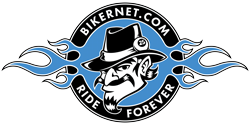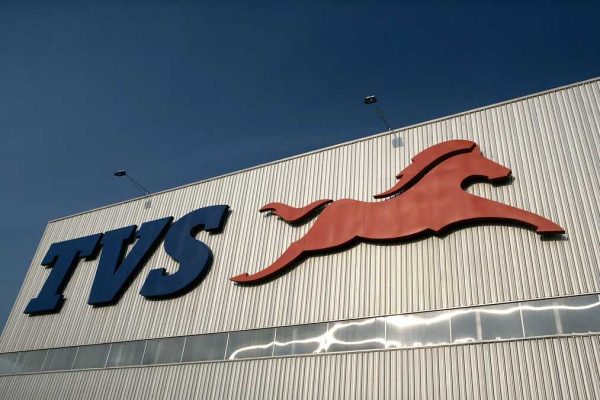TVS overtakes Yamaha’s Market Capitalisation
TVS overtakes Yamaha’s Market capitalisation to become third-largest two-wheeler maker in the world. The market capitalisation (Mcap) of Chennai-based (India) TVS Motor has surged 37% to $9.2 billion over the past six months, as per Bloomberg’s data. In contrast, Yamaha Motor saw an Mcap erosion of $1.6 billion from its August highs. Only seventeen months […]
TVS overtakes Yamaha’s Market Capitalisation Read More »

